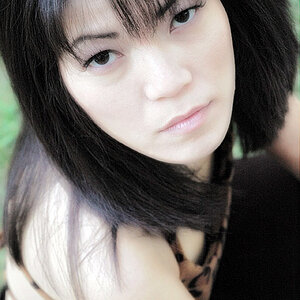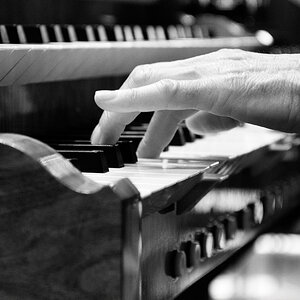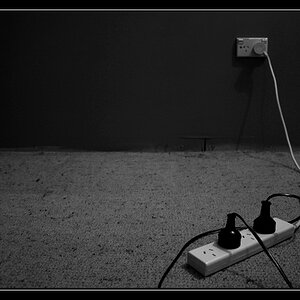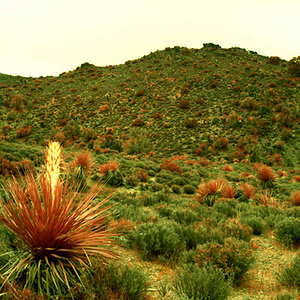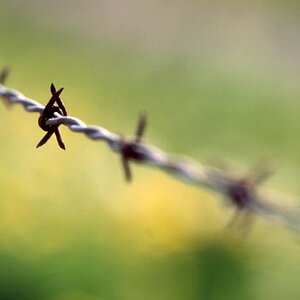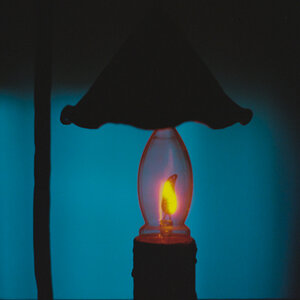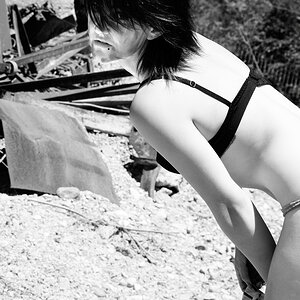rufus5150
TPF Noob!
- Joined
- Mar 8, 2008
- Messages
- 1,658
- Reaction score
- 2
- Location
- Austin, Texas
- Website
- www.toddmckimmey.com
- Can others edit my Photos
- Photos NOT OK to edit
I have a question regarding softboxes.
In looking at expanding my studio lighting with a couple softboxes and I keep coming across octagonal and hexagonal variants. They also seem to have much higher price tags.
What's the essential difference? Is it merely shape of the light source or do they have an advantage where coverage/softness is concerned?
In looking at expanding my studio lighting with a couple softboxes and I keep coming across octagonal and hexagonal variants. They also seem to have much higher price tags.
What's the essential difference? Is it merely shape of the light source or do they have an advantage where coverage/softness is concerned?



